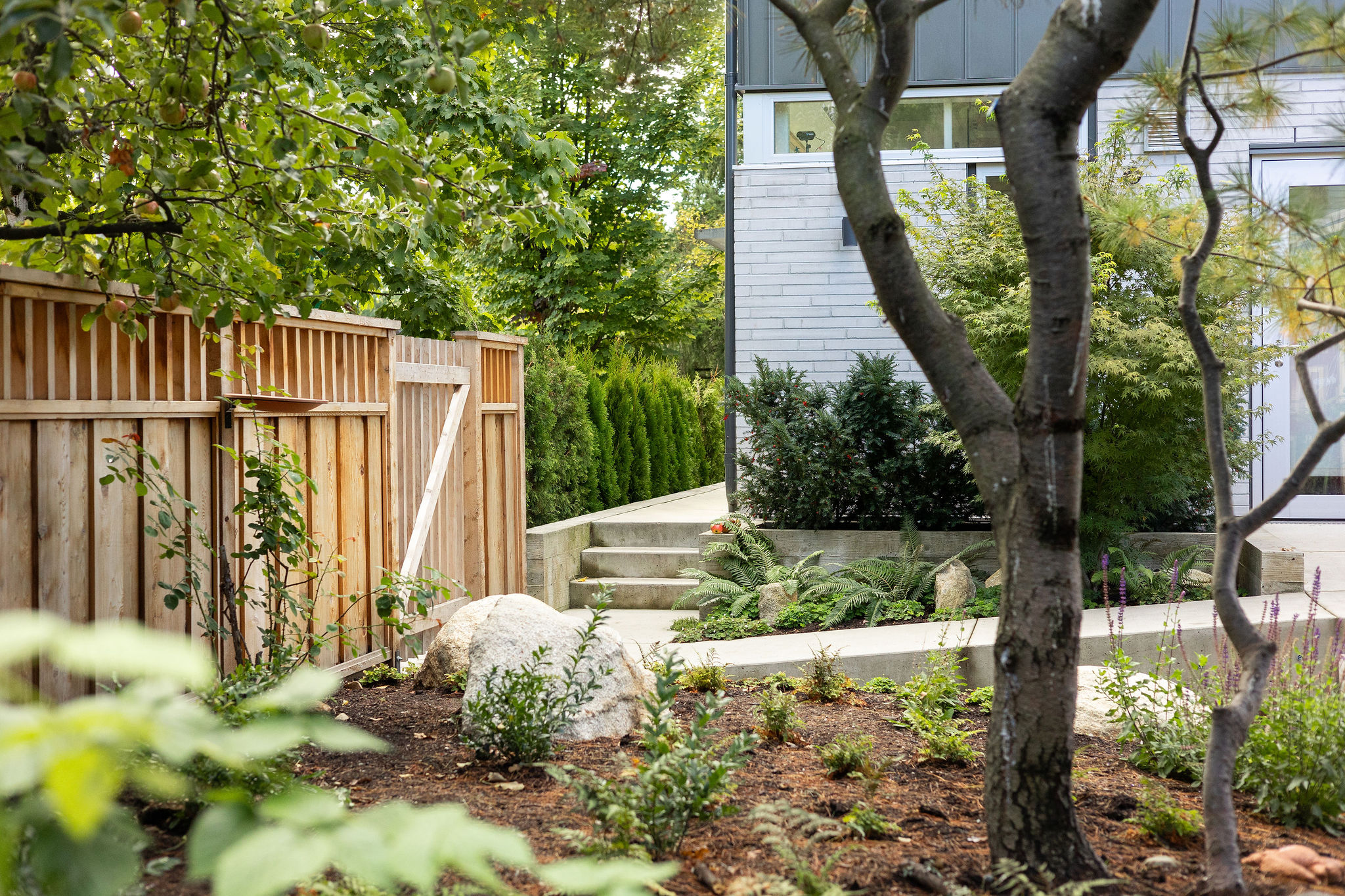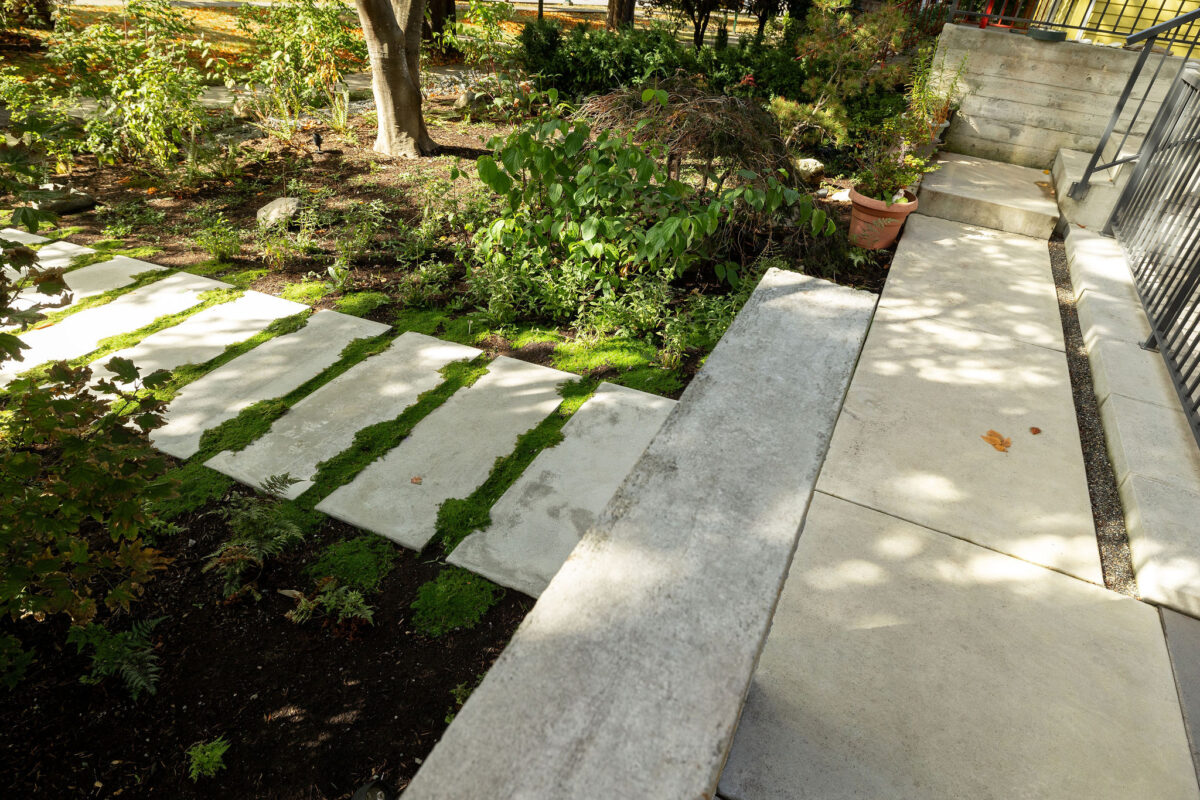Capturing Spring’s Essence: How to Design a Reverberating Garden During the Winter Months
February 20, 2024 Craine Projects
The winter months may seem like a time of dormancy for your garden, but in reality, they offer a unique opportunity to plan and design a space that will burst with life and vibrancy come springtime. Crafting a garden that resonates with the essence of spring requires careful consideration of various elements, from plant selection to structural features and ambiance. In this guide, we’ll explore how to infuse your winter landscape design with the promise of spring, ensuring that your garden comes alive with color, texture, and vitality when the warmer months arrive.
Choosing Plants That Bloom Early
When it comes to designing a garden that anticipates the arrival of spring, selecting plants that bloom early is paramount. Look for species that are known for their ability to withstand winter conditions and burst into bloom at the first signs of spring. Examples include crocuses, snowdrops, and early-flowering shrubs such as witch hazel and winter jasmine. These plants not only add pops of color to your winter landscape but also serve as harbingers of the season to come, signaling the impending arrival of spring.
Incorporating Structural Elements
Incorporating structural elements into your garden design can help create visual interest and provide a framework for the lush growth that will follow in spring. Consider adding features such as trellises, arbors, and pergolas, which not only add architectural appeal but also offer support for climbing plants and vines. Additionally, pathways, fences, and retaining walls can define spaces within your garden and enhance its overall structure, even during the winter months when vegetation is sparse.
Using Color and Texture for Interest
Winter gardens don’t have to be devoid of color and texture. By carefully selecting plants with interesting foliage and bark, you can create visual interest even when flowers are scarce. Look for evergreen shrubs with variegated leaves, such as euonymus or holly, and trees with striking bark patterns, such as birch or paperbark maple. Incorporating plants with a variety of textures, from feathery ferns to glossy-leaved ivy, can also add depth and dimension to your winter landscape.

Using Color and Texture for Interest
In addition to selecting plants with interesting foliage and bark, you can further enhance the visual appeal of your winter garden by paying attention to the subtleties of color and texture. Consider the interplay of light and shadow on different surfaces, opting for plants that offer contrasting hues and tactile qualities. For example, mix soft, velvety textures with more rigid, spiky forms to create dynamic compositions that catch the eye and invite closer inspection. Experiment with the placement of plants to create layers of color and texture, using taller specimens as backdrops for smaller, more delicate varieties. By thoughtfully combining elements of form and texture, you can create a winter garden that is as visually captivating as it is tactilely engaging.
Building in Water Features
Incorporating water features into your garden design not only adds visual interest but also introduces an auditory dimension that can enhance the overall sensory experience. The sound of trickling water can have a calming effect on the mind, helping to drown out the noise of the outside world and create a peaceful sanctuary within your garden. To maximize the impact of your water feature, consider incorporating elements such as waterfalls, cascades, or bubbling fountains, which add movement and drama to the landscape. Surround the water feature with plants that thrive in moist conditions, such as ferns, hostas, and ornamental grasses, to create a lush, verdant backdrop that further enhances the sense of tranquility and serenity.
Designing Cozy Seating Areas
When designing cozy seating areas for your winter garden, think beyond traditional outdoor furniture and consider incorporating elements that add warmth and character to the space. Create intimate seating nooks by arranging benches or chairs around focal points such as fire pits or outdoor heaters, which not only provide warmth but also serve as gathering spots for family and friends. Add soft furnishings such as cushions, throws, and rugs to create a sense of coziness and comfort, and accessorize with lanterns, candles, and outdoor lighting to create a magical ambiance after dark. Designing seating areas that are both inviting and practical can make the most of your winter garden and create a space that is as enjoyable to use as it is beautiful to behold.
Adding Architectural Interest
Architectural elements such as statues, urns, and decorative containers can add a touch of elegance and sophistication to your winter garden. Place these features strategically throughout your landscape, using them to punctuate planting beds, mark transitions between different areas, and create focal points for the eye to linger on. Choose containers in materials that complement your garden’s overall aesthetic, such as terracotta, stone, or weathered metal, and fill them with evergreen plants or seasonal accents such as ornamental grasses or winter-flowering bulbs.
Lighting for Evening Ambiance
When planning the lighting for your garden, think beyond practicality to create an enchanting atmosphere that invites lingering and relaxation. Incorporate soft, warm lighting around seating areas to encourage cozy conversations and intimate gatherings. Consider installing string lights or lanterns to add a whimsical touch to trees, shrubs, or pergolas, casting a soft glow that illuminates pathways and beckons visitors deeper into the garden. Play with light and shadow to accentuate the natural beauty of your landscape, highlighting texture, form, and focal points with carefully placed spotlights or uplights. By layering different types of lighting and adjusting their intensity, you can create a multi-dimensional nighttime experience that enhances the magic of your winter garden.
Preparing Soil for Spring Planting
Preparing your garden’s soil during the winter months is essential for ensuring healthy plant growth and vibrant blooms come springtime. In addition to adding organic matter, consider conducting a soil test to assess nutrient levels and pH balance, allowing you to tailor your amendments accordingly. Incorporate slow-release fertilizers or soil conditioners to provide a steady supply of nutrients to your plants throughout the growing season, promoting strong root development and robust growth. Take advantage of the cooler temperatures and reduced plant activity to aerate compacted soil and address drainage issues, ensuring optimal conditions for root penetration and water retention. By investing time and effort in soil preparation now, you’ll lay the groundwork for a bountiful and beautiful garden in the months to come.
Start Capturing Spring’s Essence Today with Craine Project’s Expert Winter Garden Design Services!
As you embark on your journey to transform your garden into a vibrant oasis that resonates with the essence of spring, let Craine Projects be your trusted partner in crafting the landscape of your dreams. Our team of experienced professionals specializes in winter garden design, landscaping, and landscape design, ensuring that your outdoor space flourishes year-round. Whether you’re seeking expert guidance on plant selection, structural elements, lighting solutions, or soil preparation, we’re here to help every step of the way. Contact us today to schedule a consultation and take the first step toward creating a garden that blooms with beauty and vitality, no matter the season.


